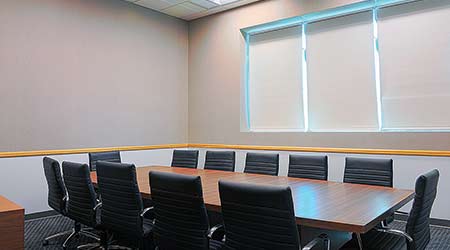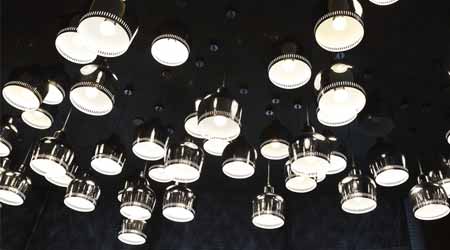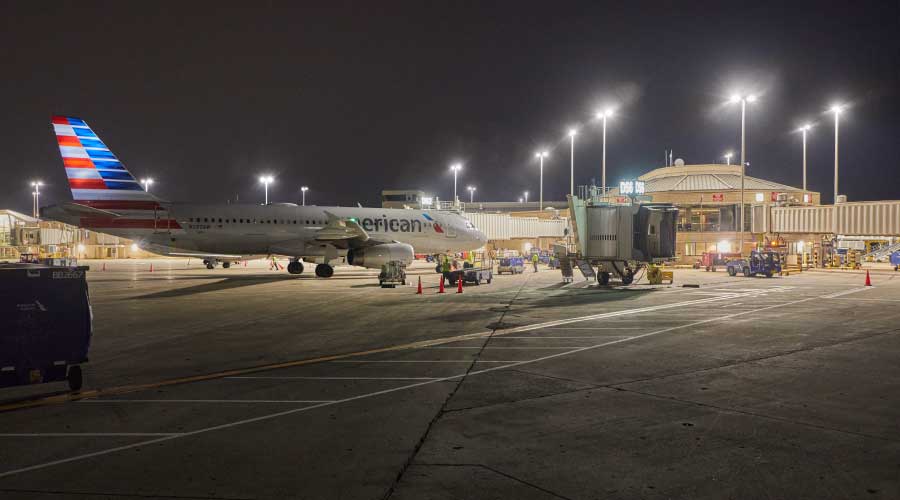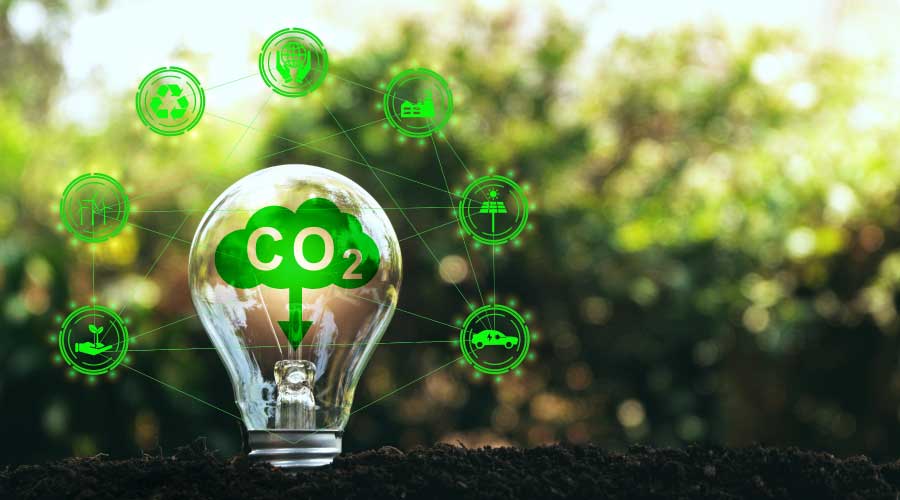Common IoT Applications for LED Lighting Systems
Part 2 of a 3-part article explaining the synergy between LEDs and the Building IoT.
Here are some possible IoT applications of LED lighting systems.
Energy Efficiency: With onboard occupancy sensing or daylight sensing, sensor density is far greater than in a system where all the components are separate and one sensor might control half the lights on the floor. Decreasing the size of the sensor zone increases the accuracy of the application. In addition, the system can learn how the building is actually being used over time to further optimize energy savings.
Office: In commercial offices where conference rooms are highly in demand, light fixtures with occupancy sensing can report on whether a booked conference room is actually occupied. If no presence is sensed after a certain amount of time, applications exist which would release the conference room in the space management system.

(In commercial offices with IoT-enabled lighting, if a booked conference room is actually unoccupied, the lighting system could signal the space management system to make the room available. Credit: Cree)
Retail: LED fixtures with sensors could communicate with shoppers’ smart phones to sense where the shoppers are in the store and send them coupons and promotions while they walk past certain products. Observed foot traffic and dwell time patterns could be used to optimize how products are presented. Luminaires could even scan shelves to manage inventory in real time, says Irick.
This functionality could use visible light communication (VLC), which uses the LEDs themselves to transmit data. The LED modules can blink at a rate imperceptible to the human eye, but which is visible to the camera on a smartphone, for example. It’s similar to fiber optics, without the fiber, says Aaron Ganick, head of Smart Home Americas, LEDVANCE (formerly Osram Sylvania). “What we have started to see is that VLC for indoor positioning is starting to become really meaningful to retailers and public spaces,” he says. “It’s almost acting like a QR code on the ceiling. So depending on what QR code your phone is seeing, you know where in the building you are. And then you can get location-based information sent to you over WiFi or a cellular network.”
Security: With sensors everywhere, it’s possible to have a far greater sense of where people are and where they shouldn’t be. In a security breach, flashing lights can pinpoint the exact location of the event, says Sachin Andhare, director of vertical solutions, Acuity Brands. In addition to sensing the security breach, the lights could dim everywhere else, putting a spotlight on the situation to help guide first responders, he says. If there’s an emergency situation that requires building evacuation, the lights can help guide occupants to a safe area.
Education: There is growing understanding of how lighting can benefit or harm people by impacting their circadian rhythms. LEDs can be tuned from cool white to warm white, so an LED lighting system in a school, for example, could be tuned to bright light to energize groggy teenagers in the morning or tuned to warm light to calm down second graders after recess. “So if you want to affect behavior, you can do that by applying the correct light recipes and using them at the right place at the right time,” says McMillan, who worked for Philips for several years. He cites a documented study in Germany where classroom hyperactivity was reduced by 76 percent and reading speed increased by 35 percent with a tunable lighting system.
Healthcare: Another human-centric lighting application is in hospitals, where IoT-enabled LED lighting can help minimize patient disruptions, says Trott. He says one hospital did a study that looked at noise and how you can quiet it down. They set up a decibel meter and progressively dimmed and changed the light levels in a particularly noisy hallway, and found they could cut noise levels by decreasing the light level. “Sensors working together can do things we never before thought possible,” Trott says. “Imagine you have a microphone on a light and if it gets over a certain sound level the light warms and gets dimmer, keeping people calmer and quieter.”
Creating A Robust Interconnected System
Having the ability to load up a luminaire with sensors for temperature, pressure, vibration, daylight, occupancy, or humidity — with cameras or microphones, or with whatever other digital measurement device is desired — is all well and good, but unless the lighting system is networked to the larger facility and to analytics capabilities, facility managers aren’t going to get very far. “If lighting is really highly integrated and has all of these cool sensors and doesn’t interact with the rest of the building, end of game,” says McMillan. An IoT-enabled lighting system bringing value to a facility is predicated on things being able to talk to each other, he says. “Ergo, BACnet is really important. This is the basis on which (the building systems) are going to talk to each other. You have to have that before any of this makes any sense.”
In smaller, less complex facilities that do not have building management systems, Ganick says he’s seeing smaller systems based on Zigbee starting to scale and provide options for customers. Typically, lighting controls communicate on Zigbee, he says.
Open architecture, scalability, and interoperability are important aspects facility managers should be sure are a part of any future lighting installation at their facilities, as a means to future-proof the systems. “IoT is all about having open standards,” says Andhare, adding that BACnet is the most popular data communication protocol when it comes to building automation systems. “Some form of IP/BACnet play is going to ensure you are in safe hands.
In addition, Andhare suggests facility managers select their lighting vendor with care. “IoT is an evolving space,” he says. “Technology is getting better. But the biggest thing is to have a future-proof system. You don’t want to sign up with a vendor who is not going to be around tomorrow.” He also cautions against using proprietary technology that locks a facility to a single vendor and offers limited support.
While technologies like POE are more for new construction, wireless solutions exist to support retrofit applications and allow facility managers to deploy IoT-enabled lighting over time, as funds become available. If setting up the whole system at once is not an option, experts recommend getting IoT-enabled hardware in the ceiling first and then activating the advanced analytics in the future. The difference in price between the IoT-enabled fixture and the “dumb” fixture is nominal, so why not do it, Trott says.
The lighting industry is in the early stages of developing use cases for IoT-enabled LED lighting systems, and quantifying their benefits in hard figures, says Irick, but as technology costs continue to come down it will be easier and easier for facility managers to outfit their lighting system with a custom-made set up for their facility’s needs. “The combination of the technology getting better, costs coming down, and more definitive data on the use cases is going to accelerate adoption, in my view,” he says.
Email comments to naomi.millan@tradepress.com.
Related Topics:















